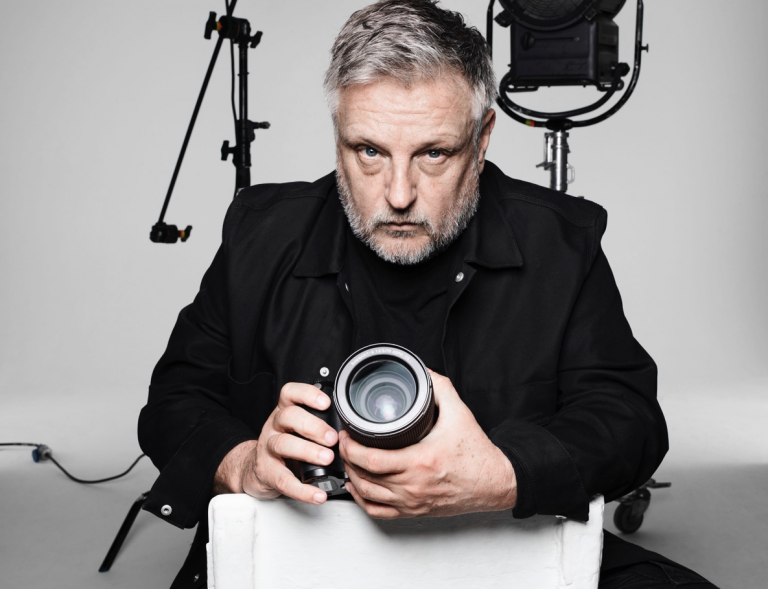Whether it’s a famous portrait of the Queen Elizabeth or supermodel Kate Moss on a magazine cover – there is no doubt that Rankin’s creative vision has left an indelible mark on the world of photography. With an illustrious career spanning several decades, Rankin has become a trailblazer in the art of capturing the essence of individuals through his lens. With his distinctive style characterized by bold and innovative techniques pushing the boundaries of conventional photography. Rankin’s ability to encapsulate raw emotion and human vulnerability within his images has earned him widespread acclaim and recognition in the industry.
Co-founding the iconic magazine Dazed & Confused in 1991, Rankin’s influence extended beyond photography, contributing significantly to shaping the visual landscape of contemporary culture. His portfolio boasts an impressive array of work, including striking celebrity portraits and high-profile fashion campaigns.
Throughout his career, Rankin has continued to challenge the norms of conventional photography, constantly evolving and reinventing himself. His images resonate with authenticity, revealing the complexity and rawness of the human experience, all while maintaining a signature style that is uniquely his own. Rankin’s talent transcends various genres, effortlessly navigating between fashion, beauty, portraiture, documentary and fine art photography. His innate ability to connect with his subjects on a profound level is evident in the compelling narratives that emanate from his images.
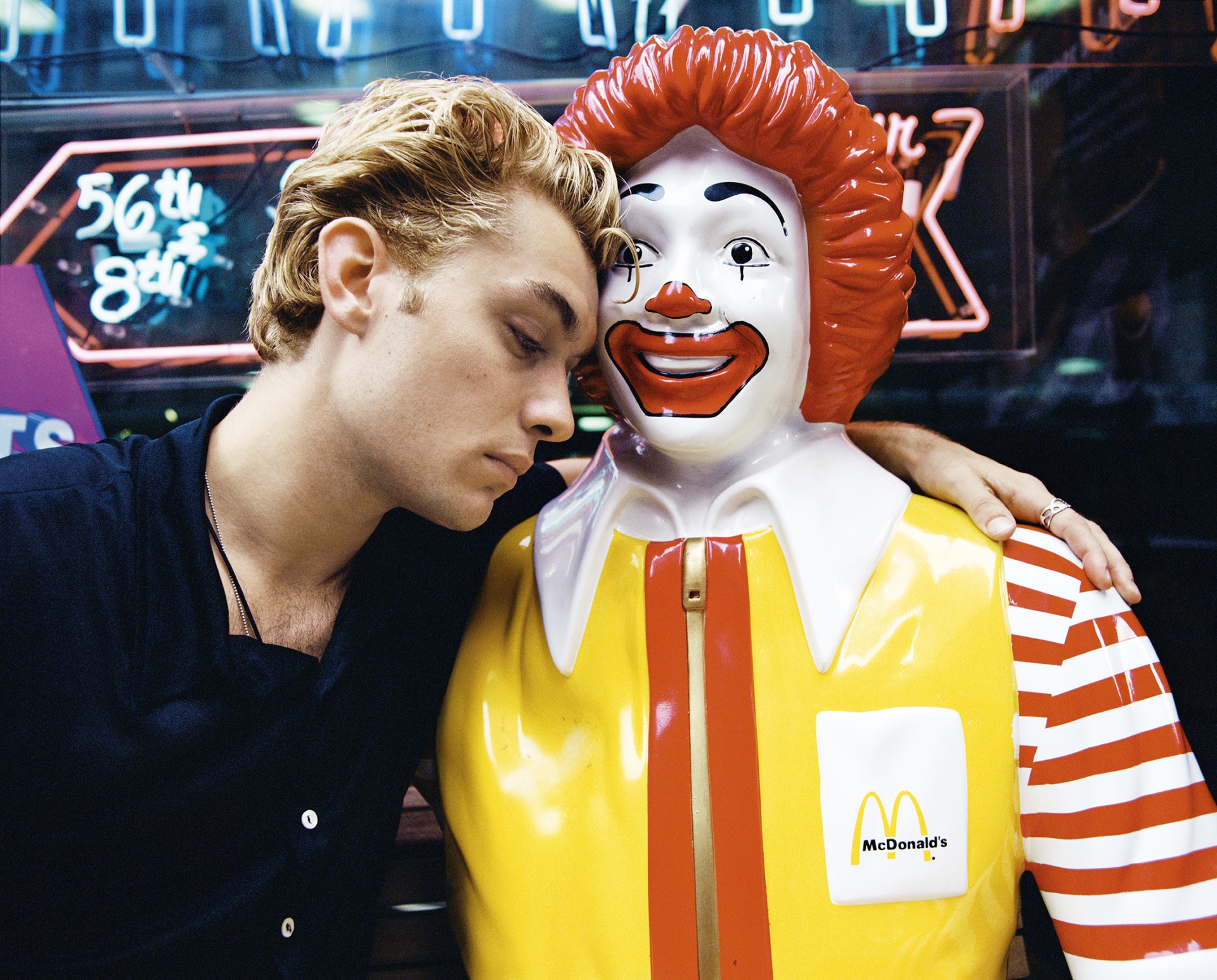
Continuously evolving and pushing creative boundaries, Rankin’s impact on the world of photography remains profound, leaving an enduring legacy that inspires aspiring photographers and art enthusiasts alike. Lucky for them, Rankin has now added his name to BBC Maestro’s platform of world-class experts.
Launched in 2020, BBC Maestro has garnered phenomenal success with the first four courses attracting more than one million people to the service, with thousands signing up to learn from their favourite Maestro. Tapping into the fast-growing space of e-learning – “whether you are a novice or an amateur enthusiast, BBC Maestro allows you to indulge in your area of passion from the comfort of your own home and learn from the experts.”
Each course is beautifully filmed in 4K and offers several hours of content, broken down into 14 to 40 easily digested lessons accompanied by downloadable course notes filled with hints, tips and a breakdown of each lesson. Rankin is the latest Maestro, joining the likes of Billy Connolly, Lee Child, Carol Ann Duffy, Doreedn Lawrence, Edgar Wright, Mark Ronson, Alan Moore, Jancis Robinson, Malorie Blackman, Julia Donaldson, Peter Jones, Gary Barlow, Marco Pierre White, Vineet Bhatia, Pierre Koffmann, Richard Bertinet, and Line of Duty creator, Jed Mercurio.
Spanning over 35 lessons, budding photographers can now learn how to express their unique world view through a lens, capturing standout photographs whether they’re using the latest smartphone or a well-worn DSLR from the legend himself.
We had the pleasure of speaking to Rankin to tell us a bit more about the course, the art of photography and the ever-changing landscape of the creative industry.
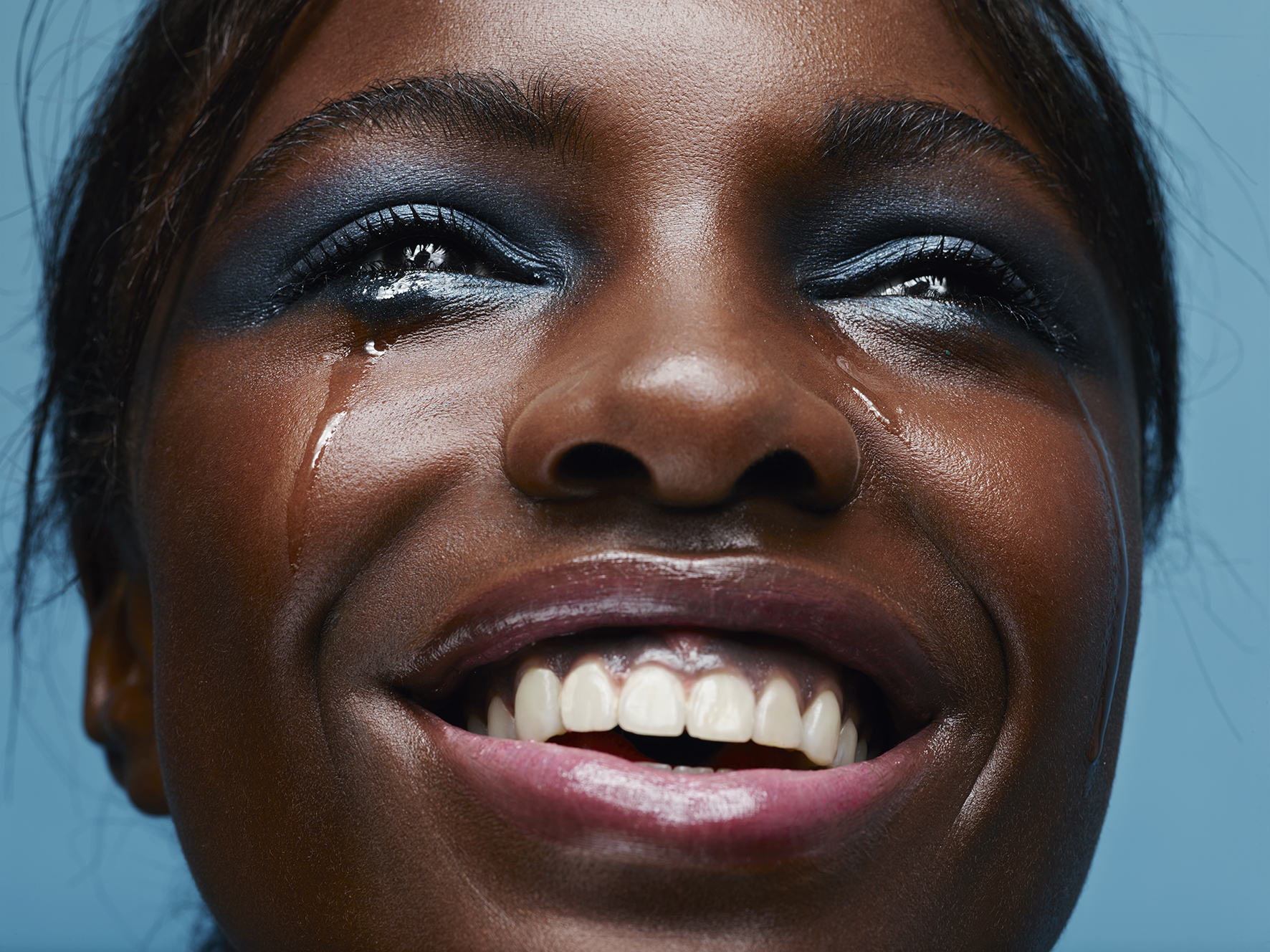
What drew you to do this course and was teaching something you always wanted to do? Or was it just an opportunity that kind of presented itself?
It was something I’ve thought about doing because I’ve done TV shows around this sort of thing. I was thinking, wow, this could be an interesting thing to maybe look into and then and then BBC Maestro approached me and I said, well, yeah, that’s great. I love the price point on it, because it was so much cheaper than a lot of the other kinds of master classes that people do on the photographers. I thought this could be a really good way of actually trying to catch a different audience. I think a lot of the people that listen to the maybe more expensive ones, they’re looking to be professional photographers, or enhance a professional job they’re already doing. Whereas this one is really an introduction. It’s about amateurs. People that have just picked up a phone camera for the first time. And then some professionals may be at the kind of learning stage in their development, and that really appealed to me, because that’s the people that I get a lot of messages from on social media asking for advice on these types of things.
In your opinion, what makes a good photo? Is it the kit, the environment, the subject or yourself the photographer?
Always, always subject – you can’t take a great picture without a subject. So you could obviously create a good subject out of sort of things that you wouldn’t expect to be able to do. That’s part of the art of photography and you have to have that that that skill set to be able to elevate the image but that’s a lot of what the course is about is actually saying yes, you pretty much anyone can take a picture but being able to take a good picture, in any situation becomes more about making than taking so I’m trying to teach people those types of things. So what makes a good photograph? I always say what makes a great picture is a picture that when you look at it, you have an instinctive feeling about it. You have kind of an immediate feeling, almost a gut reaction or an emotional response to it. But then, if it’s really good, it stays with you and maybe makes you think about something that makes you don’t have to analyse what you’ve seen, challenges you and it’s that kind of thinking and feeling combination that makes the greatest photos.
What makes a great picture is a picture that when you look at it, you have an instinctive feeling about it.
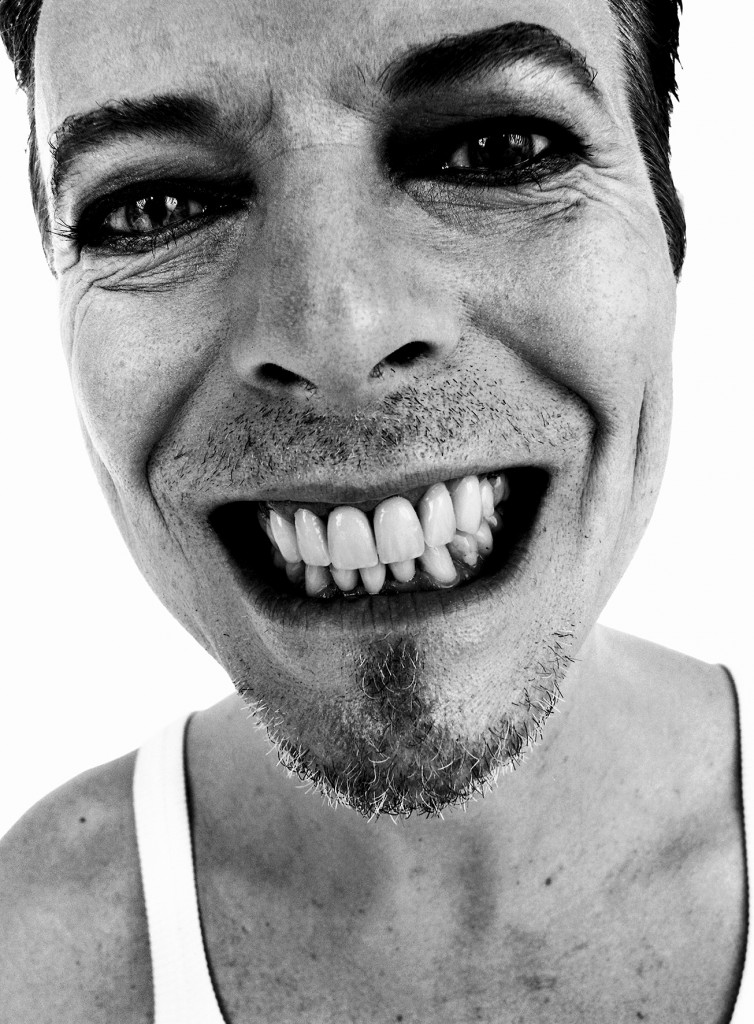
What sort of mindset are you expecting or hoping that photographers will bring to these classes and these lessons?
Well, I think probably just an open mind to looking at photography. Photography is pretty much common sense. It relies on the camera capturing something that’s going on in real life still. So really being able to take that and understand all of the things around the technical aspects of photography that makes that picture better. So you know, most photographers will say that light is something you’ve got to fall in love with. You’ve got to really be inquisitive about your subject. You know, we’re trying to teach those basic things around what helps you see the world maybe a bit more acutely, and then using the camera as a lens of showing everyone else, how you see the world with those kind of with those acute sort of learning, you know, shooting somebody on a darker background versus shooting so when a lighter background, lighting someone from a window, using softer light to harder light, those types of things.
What I’m hoping is people approach it with an open mind and then go away, look at other photographers because I’m one type of photographer but the brilliant thing about photography is there’s so many amazing photographers from the past and finding people you like and then trying to maybe learn from their photographs. Most people’s photos, especially pre-photoshop and digital manipulation are pretty much shot in camera and then you have these very small things you can do on your smartphone to make them better. And if people just literally went from auto to manual on the settings in how you edit your photo, then I’ll have achieved something.
Do you also think finding a niche goes hand in hand with having a better practice as a photographer? Or do you think that it’s just kind of genre-less or boundary-less in terms of the type of photographer you can be?
That’s a really good question! I think that’s the kind of eternal question for a lot of young photographers is, do I find an aesthetic? That is my aesthetic and how do I develop that and how do I find my style? As a lot of photographers call it. I’m not really the best person to answer that for myself because I’ve always felt more interested in taking different styles and using them for the way that I want my pictures to be seen. I do think there’s a lot of value, especially when you’re starting out as a photographer whether you’re amateur or semi-professional, in learning how to take pictures like other photographers because that gives you a real understanding. Even just looking at a picture and working out how it was done is an education in itself. The second thing is that taking pictures is so easy now. When I started, it cost so much money to take pictures. It was such an expensive hobby. Whereas now you can just do it on your phone. So the second thing I always say to younger or newer photographers is get out there and take pictures. Take pictures because there’s an immediacy to it now. You can take a picture and you can see it straight away, and that’s so useful in learning. As I said, it’s so straightforward and is a lot of common sense. You can learn just by experimenting and practising and a lot of what the course is doing is trying to tie people in a genre or style niche.
Yes, as you become a professional, the thing that you have to really know and learn is that no one will commission you to do something unless you’ve done it before. You can’t expect the commissioner to look at your work, and then imaginatively go, wow, they could probably do this. And that would become a commission because that is probably one in a million commissions that something happens and 99.9 times they’re looking for pictures in your actual portfolio that you can go and redo for them. So if you haven’t gotten those pictures, you’re not going to get them. You’re not going to get commissioned to do them. So yes, you do have to be able to show what your style is. You do have to assume that people are going to, that’s how people are going to give you work. But then for fun, it’s nice to go out and jump around and try stuff like there’s nothing nicer to me than going into street photography or you know trying to do a bit of documentary. I got commissioned the other day to do some documentary work with a football team and because I’ve done documentaries before, I know that I’ve been shown the work and how I would approach it. That’s exciting because I’ve done that legwork for myself in the past. I’ve done the backup work to be able to say I can do that and I can show them what I can do. It’s really fun to go and be a little bit out of your comfort zone.
Get out there and take pictures. Take pictures because there’s an immediacy to it now.
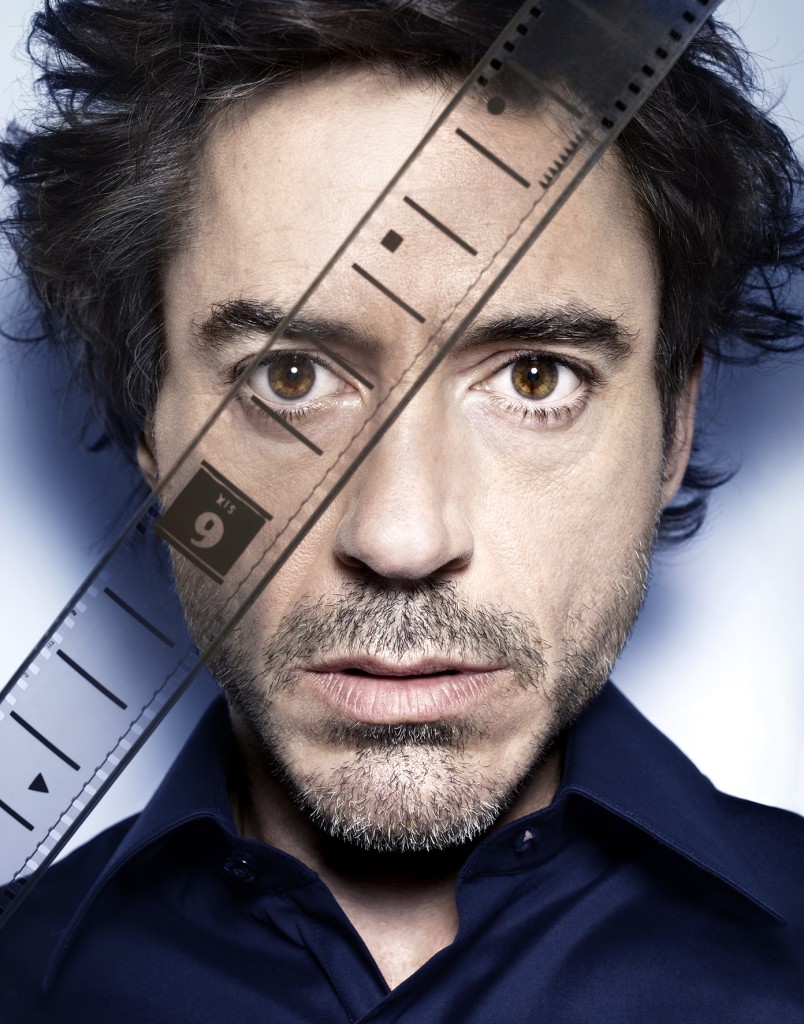
Could you tell me what advice you would have given 10 years ago and how it may have changed now in terms of the field and the industry of photography?
I would say 10 years is a long time in the business anyway. If you add to that a digital revolution, the ubiquitous use of smartphone technology and the democratisation of image making and film, everything to do with being creative and being a creator I think that you have to really understand that that world is completely turned upside down. So when I’m speaking to newer professionals, or people that are thinking about getting into the business on any level, I’m now sort of advocating that they become especially when you’re just starting out you’re trying to make a living. I’m now advocating that you become a bit of a master of lots of trades, not just one trade, the more you can offer and I don’t mean different styles, different abilities in photography and what photography can do. I think that’s the better approach so for example, from my perspective, just as a professional photographer, I’m offering people shooting on smartphones occasionally to do things because budget wise, shooting can be expensive. Saying to people you can have a small two person crew for shooting, just being very adaptable about how I approach everything because that’s the commissioning structure I want. The people that are making the decisions about giving people jobs want that flexibility. That way I find myself being able to do more work now.
At the same time, I do recognise that it’s very important that when people hire me, they’re not necessarily just hiring me for my craft. They hire me for my opinion as well. And I think that there is a point where you have to understand – what is craft, what is your attitude, opinion and position in the business. I’ve got to that point where I reached up in probably the mid to late 90s / 00s where people are hiring me because they want my perspective as well. In terms of craft, people still are hired for craft and their abilities as a talent in photography. Obviously, I’ve got that part of me as well. And I always say to people, get a broad scope of abilities that you can offer. When you’re putting yourself out there, learn those and adapt because the worst thing you can be is somebody that’s not kind of giving you a really good service as a client. Having been a client and commissioning photographers, what I don’t want is some arsey photographer telling me they’re an artist. That doesn’t get you very many places until you get to the heights of them hiring you for who you are.
Become a bit of a master of lots of trades, not just one trade, the more you can offer and I don’t mean different styles, different abilities in photography and what photography can do.
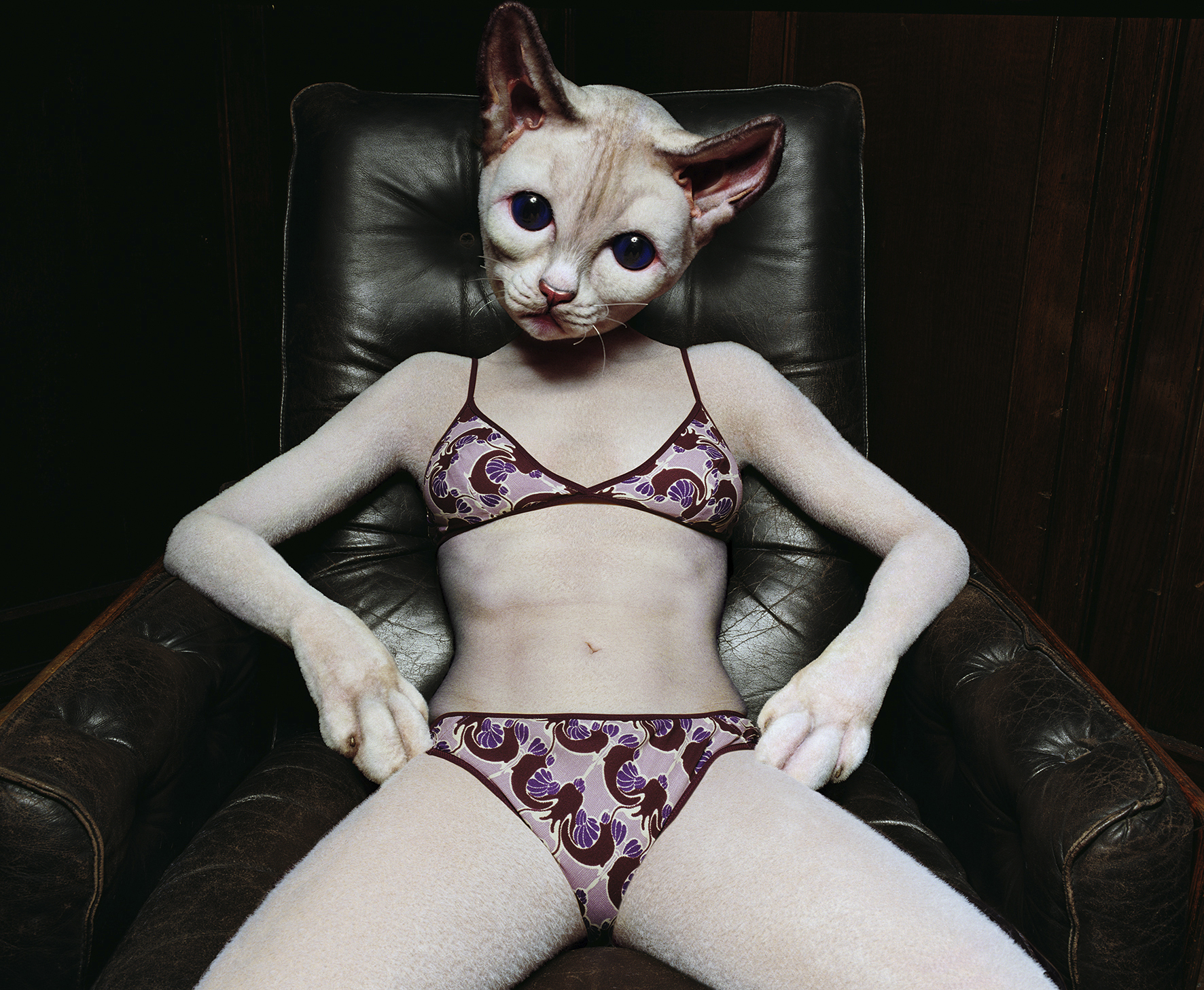
Where do you draw your inspiration from when you’re in kind of a creative rut or block?
Boredom! I’m a real believer in constantly being a sponge, both with photography and with every other medium that interests me: film, books, audio, everything. I’ve got a real hunger and desire to have knowledge but then when I need to actually come up with ideas, if I’m being entertained anywhere out I find that that’s my point of not being creative. So I really believe that FOMO is a really bad thing for creativity. I think consumption and consumption alone is terrible for it. So I really think that you need to be much broader in terms of what you’re looking at for inspiration, but you also need to let yourself be bored because what happens when you’re bored? You clash some of some of those thoughts that you’ve had a responded to with other things. They clash and they come up to make you think of other ideas.
I mean, I honestly find inspiration everywhere. I find people the most inspiring, talking, chatting and absorbing it all. Then being bored. Being bored is definitely the place where I become the most creative. If I have to think of an idea I have to be bored.
Do you think that someone is a good photographer because they practised to be a good photographer or because they had the innate talent that made them a good photographer?
I think people can become good photographers if they practice. But to be great you need to have some perspective and talent.
Let yourself be bored because what happens when you’re bored? You clash some of those thoughts that you’ve had… [and it] makes you think of other ideas.
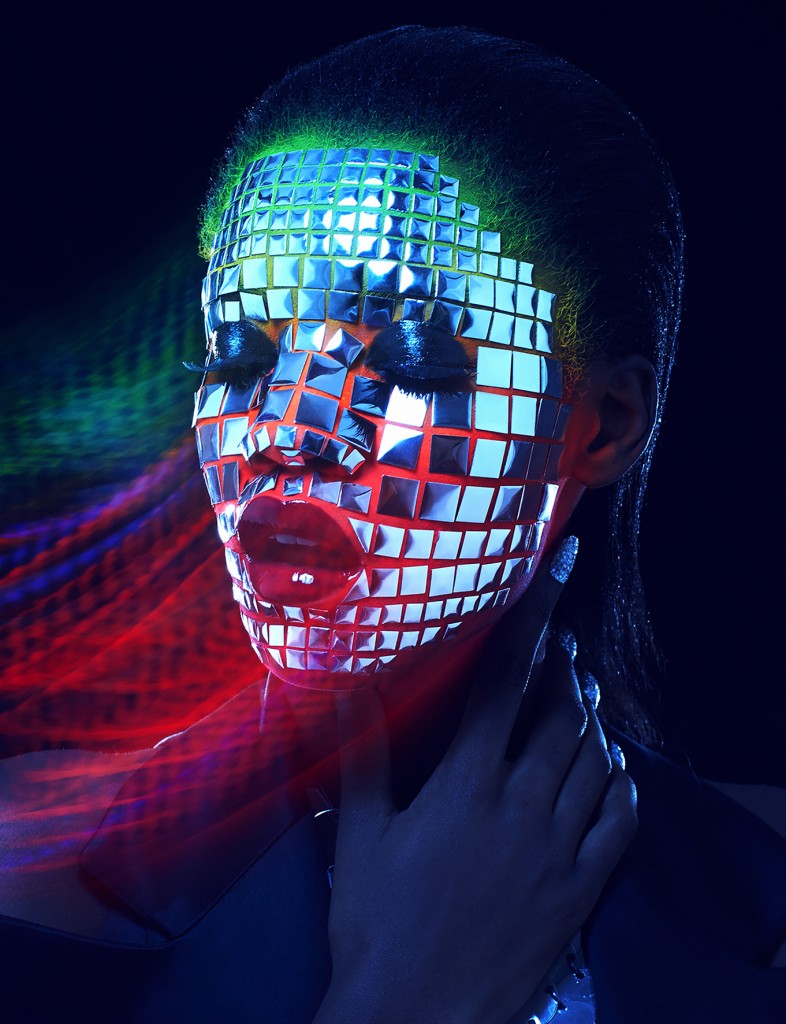
One could have talent to be a good photographer but to be a great photographer it takes something else altogether. And so what does it take to be a great photographer?
That’s the million dollar question. Practically to be great, you need to be able to shoot at the top of your game, every time. I.E. you can’t fuck it up. But philosophically I think you need to be able to see the world in a different way and then capture it so you can show the audience.
Which is why it’s so important to know how to use all of the technology available.
Rankin – An Introduction to Photography on BBC MAESTRO
Follow Rankin on Instagram
www.rankinphoto.co.uk
Words: Vee Pandey
All imagery courtesy of Rankin
